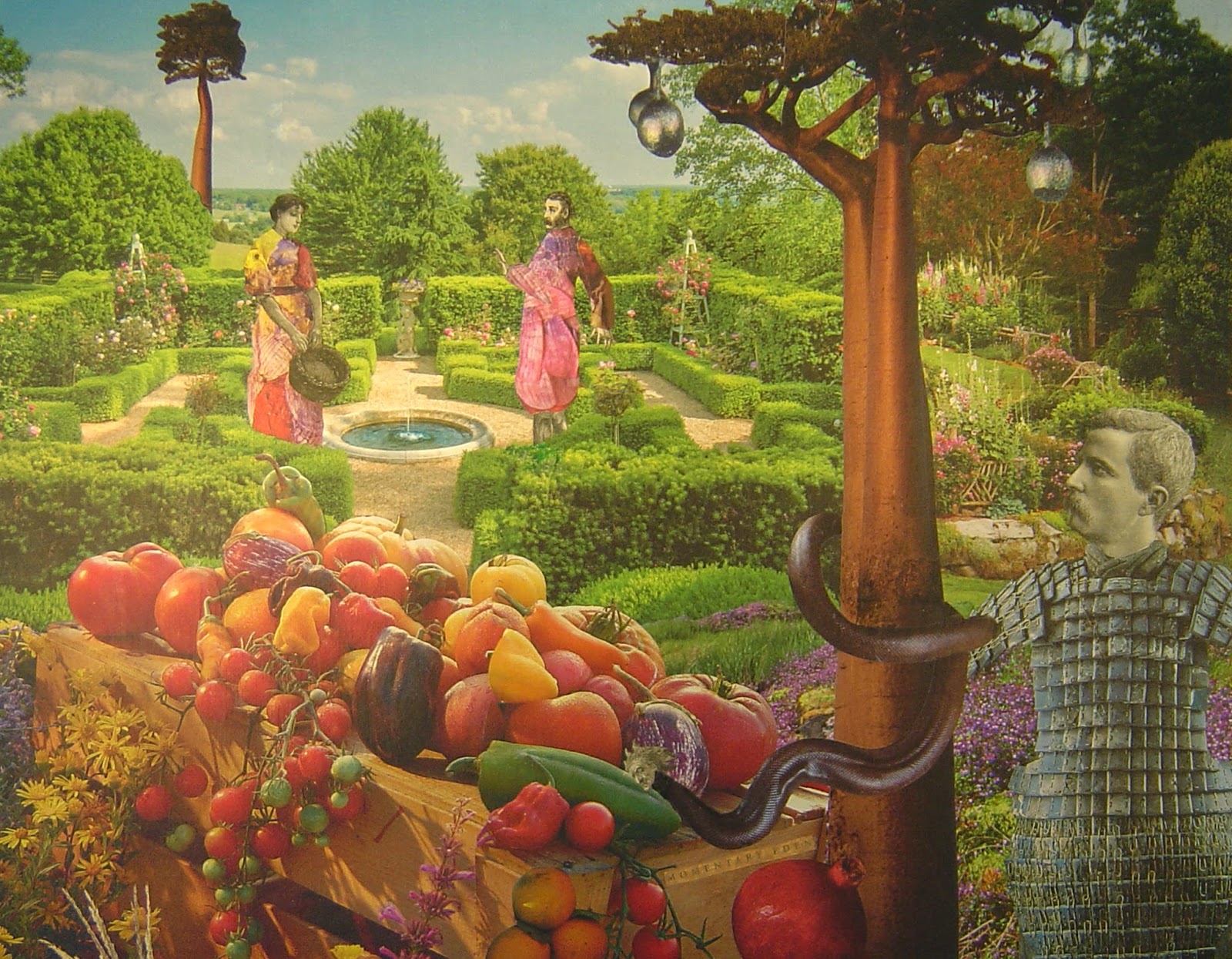
Bible Passages Explained and Illustrated The Garden of Eden
The Garden of Eden was a place of work and fulfillment. When God placed Adam in the garden, He gave the man a task: Adam was "to work [the garden] and take care of it" ( Genesis 2:15 ). What God had planted, Adam was to maintain. This task was in addition to Adam's mandate to "be fruitful and increase in number; fill the earth and.
/Garden-of-Eden-56a148ac3df78cf772692d28.jpg)
Explore the Garden of Eden Story in the Bible
The precise location of the Garden of Eden is a mystery. Genesis 2:8 tells us that the garden was situated in the eastern region of Eden. This suggests an area east of Canaan, generally believed to be somewhere in Mesopotamia. Genesis 2:10-14 cites four rivers (the Pishon, Gihon, Tigris, and the Euphrates) that converged in the garden.

Garden of Eden netdog 06
The Garden of Eden is the biblical earthly paradise created by God to be inhabited by his first human creation - Adam and Eve. Some claim that the name "Eden" derives from the Akkadian term edinu, which means 'plain'.In the biblical tradition, the garden is often alluded to by the biblical authors as a luxuriant place, which is why it is sometimes called the "Garden of God."
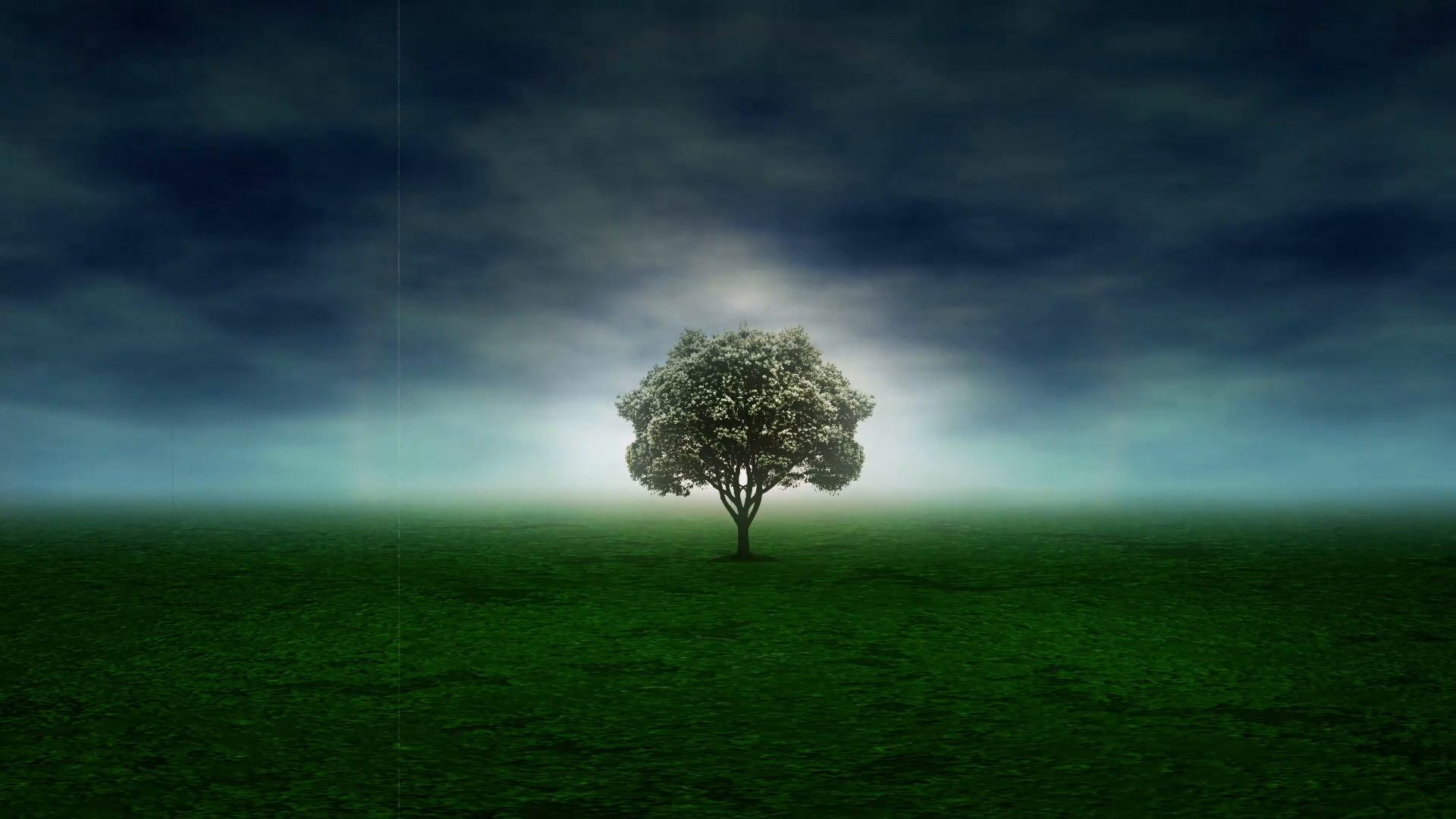
Garden Eden Wallpapers Wallpaper Cave
The biblical creation myth specified that the Garden of Eden was watered by a river that flowed from Eden, through the garden, before branching into four separate rivers. Many creationists and theologians tried to pinpoint the Middle East as one probable location of the garden. This rough guess is based on the existence of River Euphrates and.
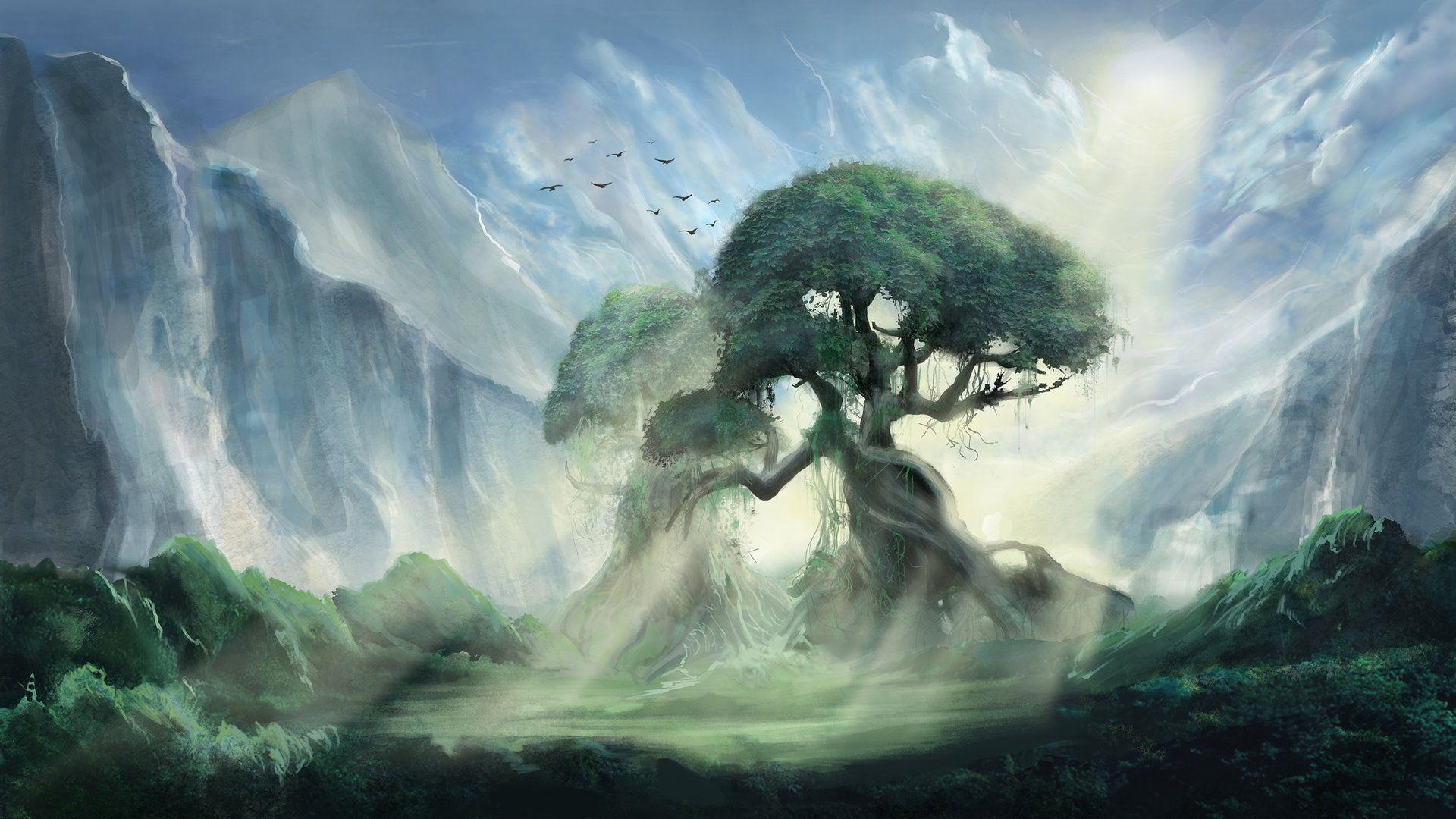
Garden of Eden Wallpapers Top Free Garden of Eden Backgrounds
The first mention of the garden of Eden is in Genesis 2:8: "And the Lord God planted a garden eastward toward Eden, and there he put the man he had formed.". It is interesting to note that Adam was in the garden of Eden by himself, and then God later made woman ( Genesis 2:18 ). From what I have read and heard, the garden of Eden was paradise.

A Second Look at the Garden of Eden St. Andrew's Presbyterian Church
After creating man, the Bible tells us in Genesis 2 that God planted a garden in the east, in Eden, and put the man (Adam) into the garden he planted. Over the years many have wondered what the Garden of Eden represents and they have also questioned where is the Garden of Eden? Many have tried to conclude that because of the mention of Cush (Ethiopia) or the Tigris and Euphrates rivers, that.

Our Longing Back to the Garden of Eden Where Is the Garden of Eden
As for the garden's location, it is described in Genesis 2:10-14 as so: "And a river went out of Eden to water the garden; and from thence it was parted, and became four heads."
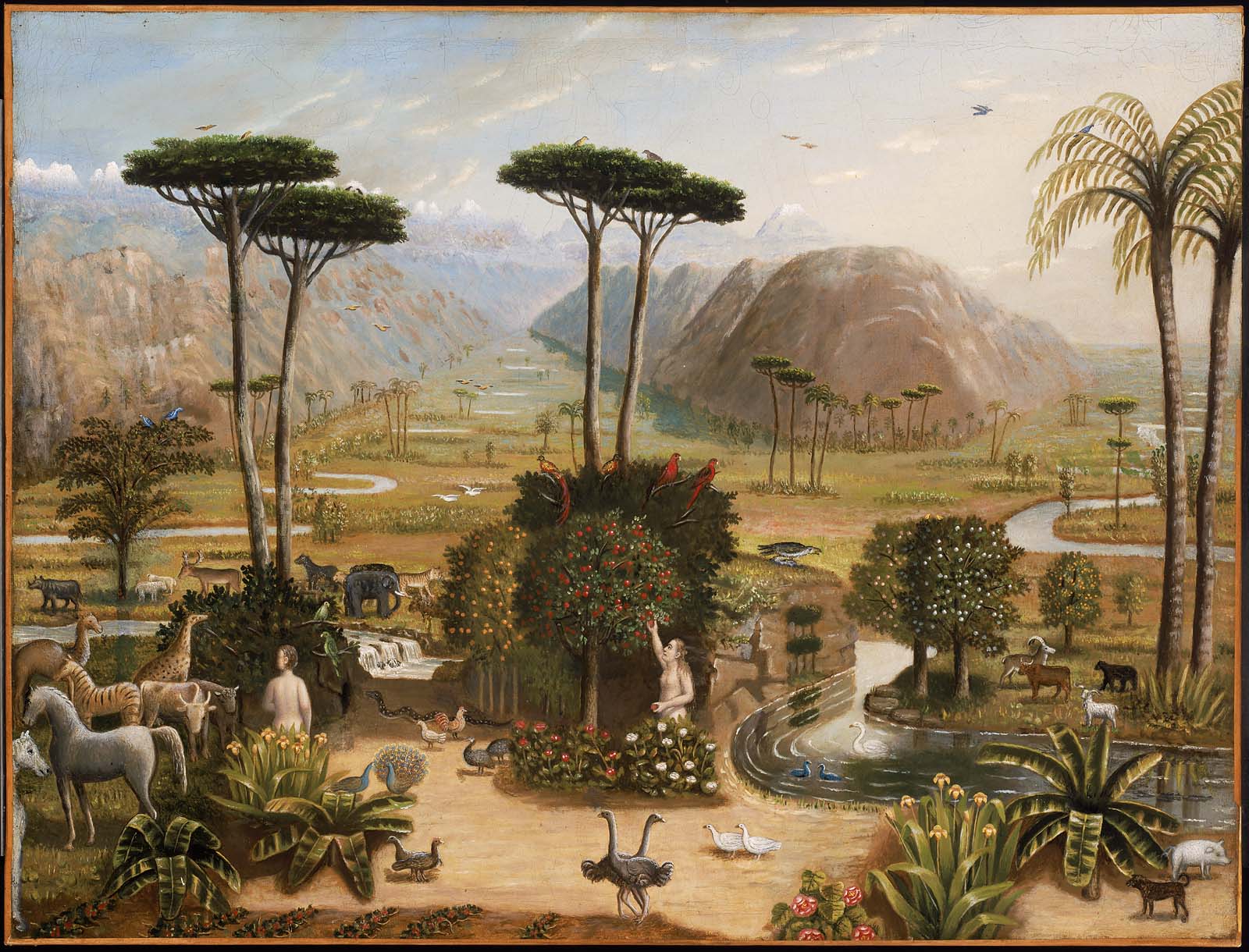
The Garden of Eden Museum of Fine Arts, Boston
The Garden of Eden - This is the story of the heavens and the earth when they were made, in the day the Lord God made the earth and the heavens. Now no bush of the field was yet on the earth. And no plant of the field had started to grow. For the Lord God had not sent rain upon the earth. And there was no man to work the ground. But a fog came from the earth and watered the whole top of the.
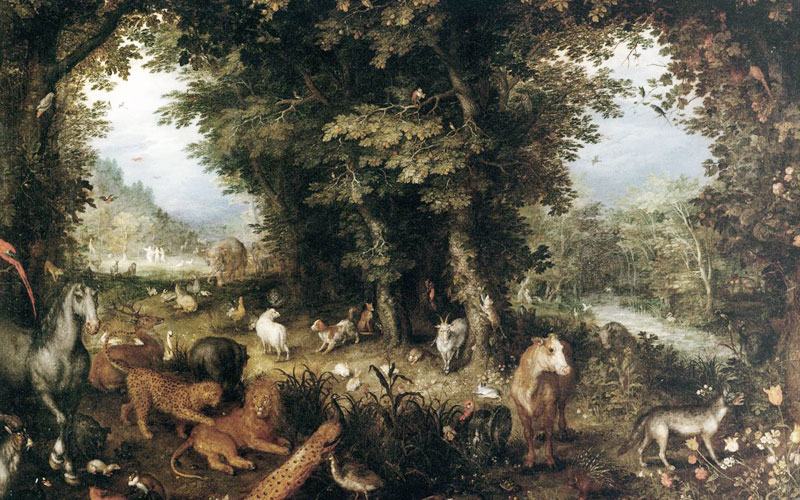
What Did Not Exist in Eden Plain Bible Teaching
Summary. On the sixth day of Creation, God created 'man' in the form of Adam, moulding him from 'the dust of the ground' (Genesis 2:7), breathing the breath of life into Adam's nostrils. God then planted a garden 'eastward in Eden' (2:8), containing both the tree of life and 'the tree of knowledge of good and evil' (2:9).
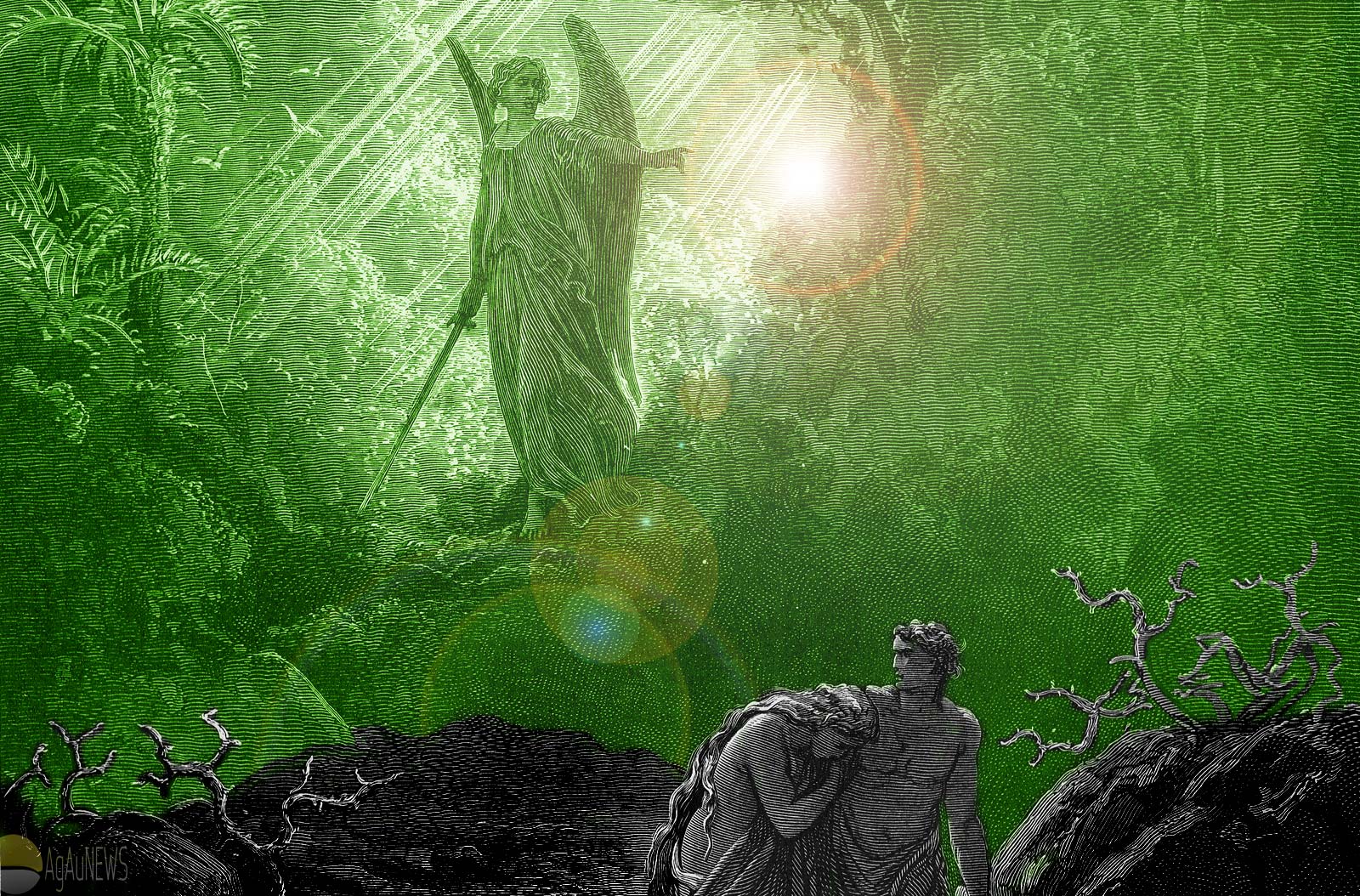
Scottsdale's Biblical Series hits its 2016 midpoint with the ejection
the "upper Garden of Eden," a completely spiritual place where the soul goes after one passes from this world, also called Gan Eden haruchny, the "spiritual Garden of Eden"; and. the "lower Garden of Eden," where G‑d placed Adam after he was created, as described in the book of Genesis. It is this "physical Garden of Eden.

WALLPAPERS BY DIX
Eden as depicted in Bosch 's The Garden of Earthly Delights includes many exotic African animals. The Garden of Eden (from Hebrew Gan Eden) is described by the Book of Genesis as being the place where the first man and woman, Adam and Eve, were created by God and lived until they fell and were expelled. In the Qur'an it is simply called the Garden.
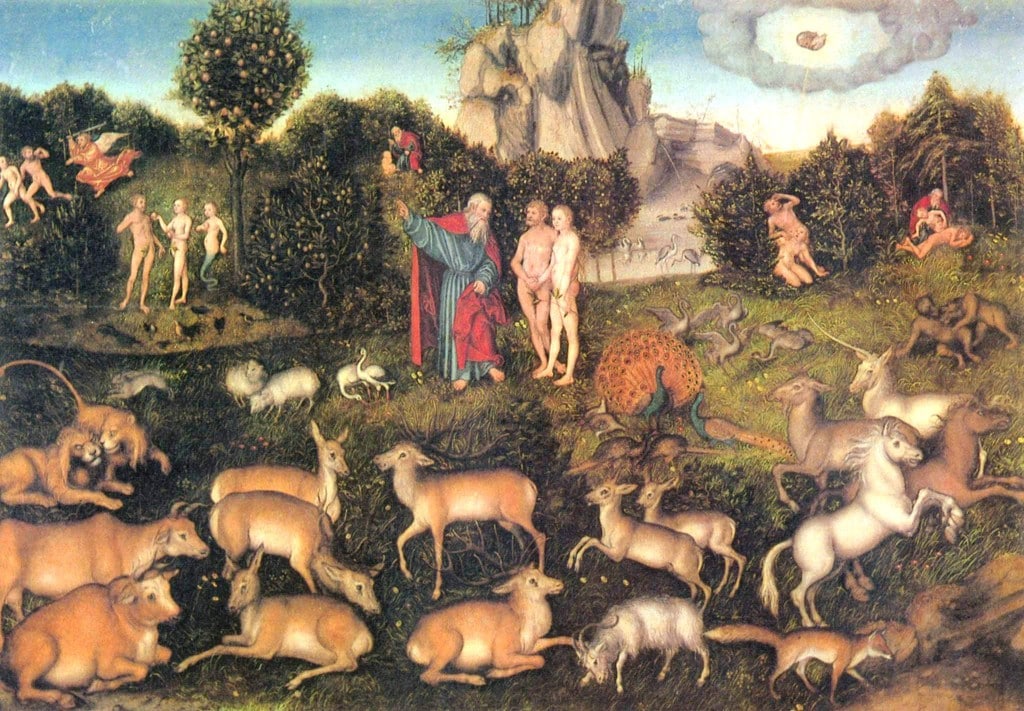
Purgatory, Hell, Jews, and the Old Testament Taylor Marshall
The Garden of Eden is the second posthumously released novel of Ernest Hemingway, published in 1986. Hemingway started the novel in 1946 and worked on the manuscript for the next 15 years, during which time he also wrote The Old Man and the Sea , The Dangerous Summer , A Moveable Feast , and Islands in the Stream .

A Weekend In The Garden Of Eden Garden Of Eden Complex Sveti Vlas
The story of the Garden of Eden is a theological use of mythological themes to explain human progression from a state of innocence and bliss to the present human condition of knowledge of sin, misery, and death.According to the Genesis account (2:4-3:24), God created Adam from the dust of the ground and then planted the Garden of Eden with the "tree of life" and the forbidden "tree of.

Steve Hurst introduces bill to teach Biblical creationism alongside
9 The LORD God made all kinds of trees grow out of the ground—trees that were pleasing to the eye and good for food. In the middle of the garden were the tree of life and the tree of the knowledge of good and evil. 10 A river watering the garden flowed from Eden; from there it was separated into four headwaters.
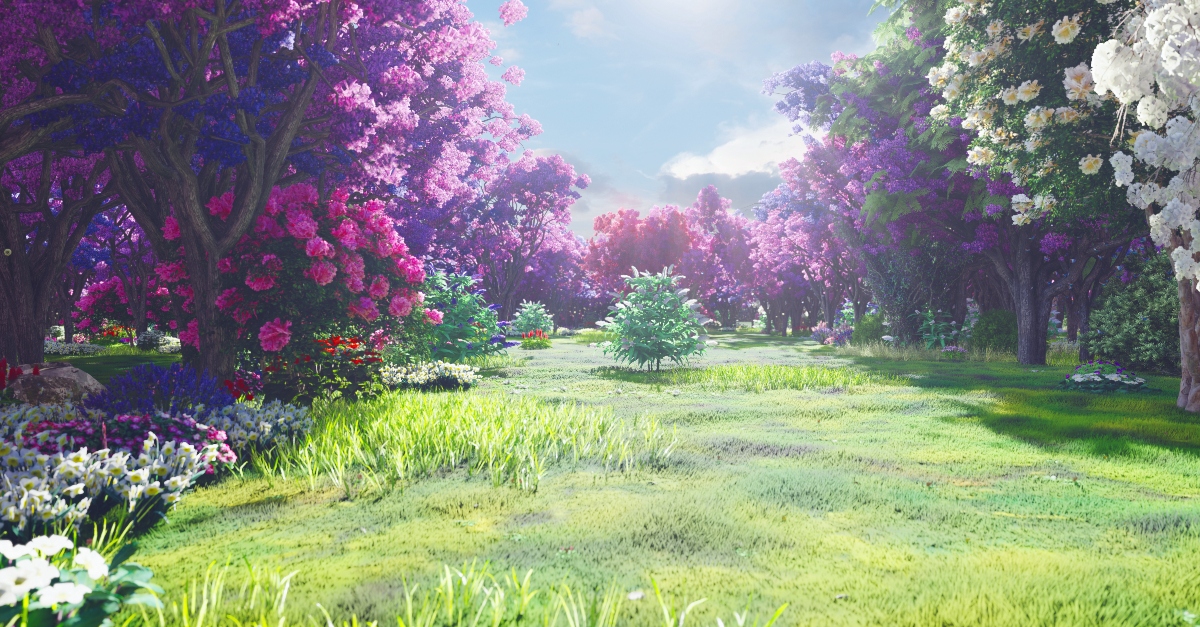
What Can We Learn from the Garden of Eden?
The only thing the Bible tells us concerning the Garden of Eden's location is found in Genesis 2:10-14, "A river watering the garden flowed from Eden; from there it was separated into four headwaters. The name of the first is the Pishon; it winds through the entire land of Havilah, where there is gold…The name of the second river is the Gihon; it winds through the entire land of Cush.

Garden of Eden Discovered in Africa The African Exponent.
The Garden of Eden appears in the aggadah in contradistinction to Gehinnom - "hell" (e.g., BT Sotah 22a). However, talmudic and midrashic sources know of two Gardens of Eden: the terrestrial, of abundant fertility and vegetation, and the celestial, which serves as the habitation of souls of the righteous..